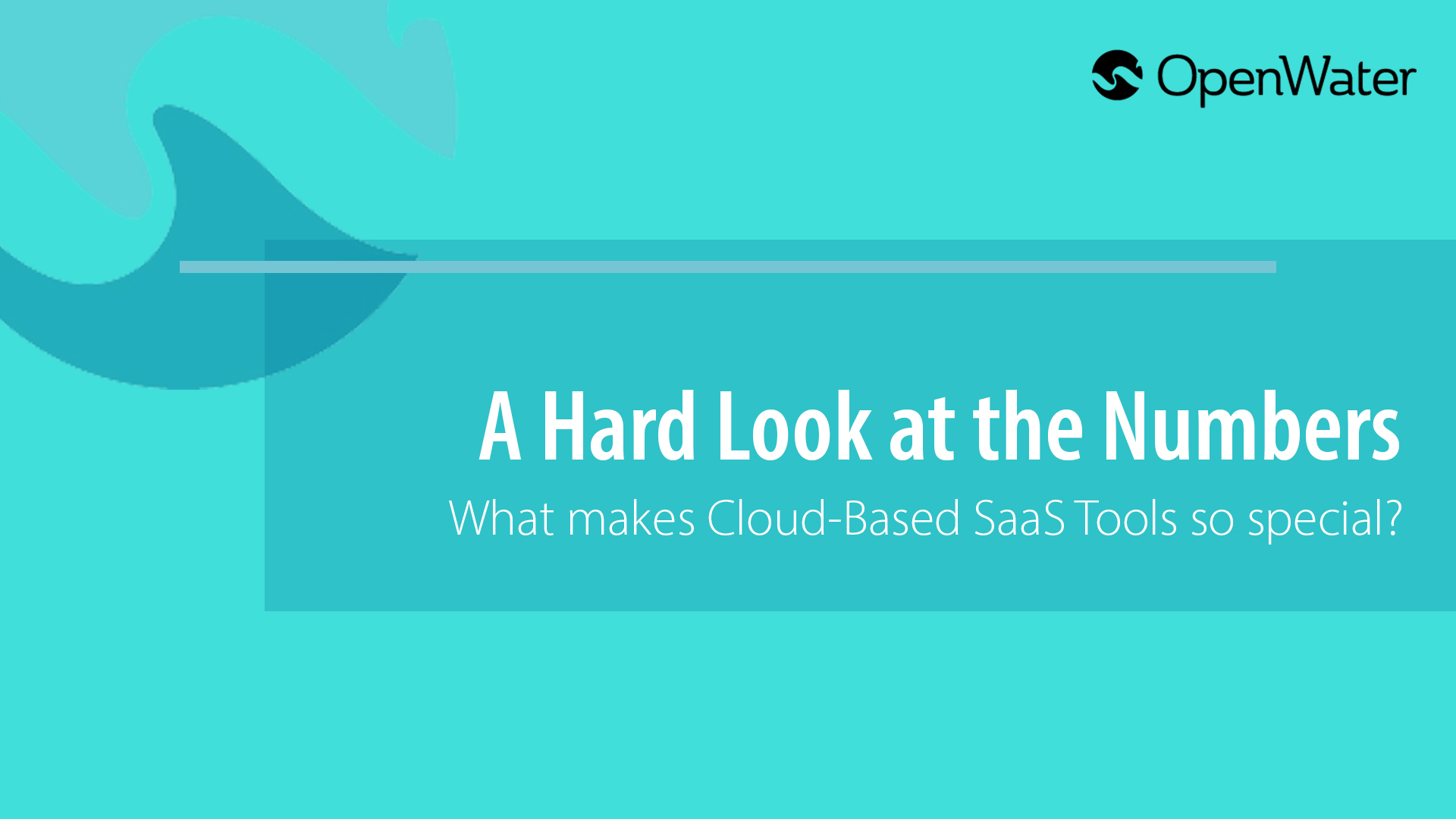
A Hard Look At The Numbers: What You Should Know about SaaS in 2019
“Are you the decisionmaker in this company?’
Choosing to direct your budget towards a cloud-based SaaS solution can be a big decision. Especially if you’re used to doing things in-house through a legacy system, making that shift towards a software “solution” can be daunting. But industry trends are slowly but surely pointing us in a direction where returns from cloud-based systems tools are undeniable.
Identifying growing trends and adapting quickly
It’s becoming increasingly clear that a SaaS-powered workplace directly leads to happier employees, and therefore more satisfied customers. As we see more offices transition away from traditional cubicles to open-plan floors and teleworking, employees are less reliant on fixed spaces and therefore, devices. They like to take their work to where they work. The great thing about the current SaaS market is that cloud-based systems tools are now advanced enough to meet the needs of companies who require high levels of data protection and security, which is what had decisionmakers bootstrapped to clunky legacy systems in the past.
Crunching the Numbers
- In a survey, 52% of respondents believed that SaaS was beneficial in attracting better talent and improving employee satisfaction (Microsoft)
- In a widely-cited study, data scientists project that by the year 2021, we’re set to observe almost 3x the growth in global data center traffic, and 95% of all data center traffic will be completely cloud-based (Cisco)
- In 2016, $69 billion shifted from budget being spent on legacy systems to cloud services (BetterCloud)
- 74% of organizations say that nearly all of their company applications will be dependent on SaaS by the year 2020 – and for the real shocker, 75% of SMBs state that the same will be the case for their firms as well. (BetterCloud)
What do these numbers mean?
These numbers look great – but what do they mean? These numbers back us up when we argue that it’s not a tech-world echo chamber anymore telling companies and organizations that they need a cloud-based software solution – these solutions are actually proving themselves to be tools essential for success. But the question remains: what then do we do with this information, and what do we have to pay attention to when it comes to making the actual decision to switch over from a legacy system to a cloud-based SaaS solution?
For instance, if you’re looking to invest in a cloud-based Application and Review tool, there are only a couple of things to look for, a few of them being:
- Easy-to-use, but fully customizable Application forms
- Robust and customizable Review platform
- A dashboard that gives you a birds-eye view on the entire Application process
- Reliable customer service and support
- Data security and safe payment gateways
- Integrations with other CRMs/AMS tools
You’ll find that the biggest thing to know when it comes to making the decision on whether or not you need to switch over to a cloud-based SaaS solution is to have a clear understanding as to how the system is not going to end up being another burden on your administrator.
So if you are the decisionmaker on whether or not your organization is going to take the leap going into the new fiscal year and adopt a cloud-based SaaS solution, you’ve come to the right place. Be sure to be armed with facts and numbers, and don’t be afraid to ask questions on how the solution specifically helps your organization perform at a higher standard.
Still not sure if a OpenWater’s Application and Review Software is what you need?? Click here to find out more about OpenWater and our Growthstack.
Already with OpenWater? Have you checked if your organization is OpenWater certified? Hurry! Check out our calendar to find out about upcoming webinars and certification programs.
